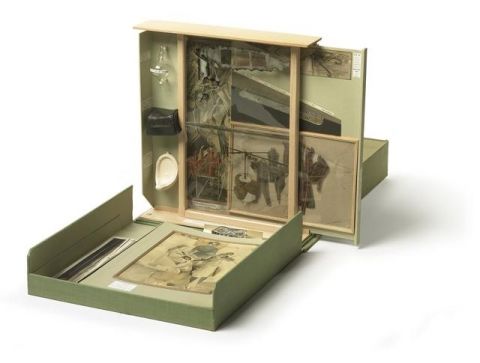Week 14: 17th – 23rd December
Today I want to talk a little bit about workshops, how it relates to being an artist and what it means in the context of my PhD. Being a practicing artist is not a straightforward career. In the pursuit of making a living wage, artists often turn their hand to working in the community, delivering lessons and support to many different groups.
The arts in society
As Janie Nicoll comments on the article ‘Artists forced to survive on £100 a week’ in The Scotsman: ‘Being an artist is not a hobby, it is a full time job. I am a freelance self-employed visual artist i.e. a sole trader, and like anyone who is self employed I live from hand to mouth without a salary, security, stability or a pension to look forward to. I juggle short term, part time contracts that I come by often through open selection and interview, and sometimes by invitation. I undertake projects, residencies and commissions and work at my own practice, exhibiting and often creating my own opportunities.
I exhibit artworks that have been seen by many thousands of people (for free) in this country and abroad, some are contained in public collections, some in private. Like many artists it is rare for me to receive an exhibition fee for the display of my work. I also contribute directly to society, through socially engaged or participatory projects with many different sectors of the population, and I have made artworks for schools, hospitals, libraries, public spaces, in collaboration with school children, the elderly, the disabled, people with mental health issues, and addictions.
Local authorities, education departments, health boards employ artists because they value our work. They employ artists because they know that given the right circumstances (time, commitment, communication, understanding and most importantly trust), artists can engage people and communities impacting in ways that no other profession can. Ways that are often difficult to evaluate financially.
Most artists I know are hard working and resourceful …they can make amazing things from very little, often with limited resources, using skill, ingenuity, being open to ideas, and willing to go the extra mile to make things happen. When given the chance, a small amount of investment can go a very long way. In Germany, the culture budget is set to rise by 8% as arts spending is not seen as a subsidy, but as “an essential investment in the future of our society’
This statement could have been made by almost any of the practicing artists I know (myself included), but without opening the political Pandora’s box about why we should invest in the arts, this type of background is precisely the reason that I came to be delivering a tunnel book workshop on 15th December at the Stanley and Audrey Burton Gallery in Leeds.
Tunnel book workshop
The Stanley and Audrey Burton Gallery, situated in the Parkinson Building on the University of Leeds, houses a collection of works from the 17th Century to the present day. Alongside this, it also organises regular temporary exhibitions, as part of its gallery programme. The programme enables people to have access to new works and opportunities to meet the makers, as well as working with different artists to create their own artwork in response to the exhibitions. My tunnel book workshop was one such opportunity in response to the Christopher P Wood exhibition.
I enjoy running workshops as I can pass on the knowledge that I’ve learned. However, my favourite part of the workshops, has to be the conversations and observations that come out of them. Focusing on an artwork for the duration of the session and developing their own version of it, seems to create more meaningful connection with the participants, a key factor in assessing research.
People don’t just go away with an object they have made but also new ideas, a deeper understanding of the exhibition and the creative skills to produce future work. Through engaging with audiences in this way and encouraging them to develop confidence in their own opinions, the impact and reach of artwork, research and ideas in general, can spread much further. This is definitely an element that I will be looking to apply to my own creative practice.




